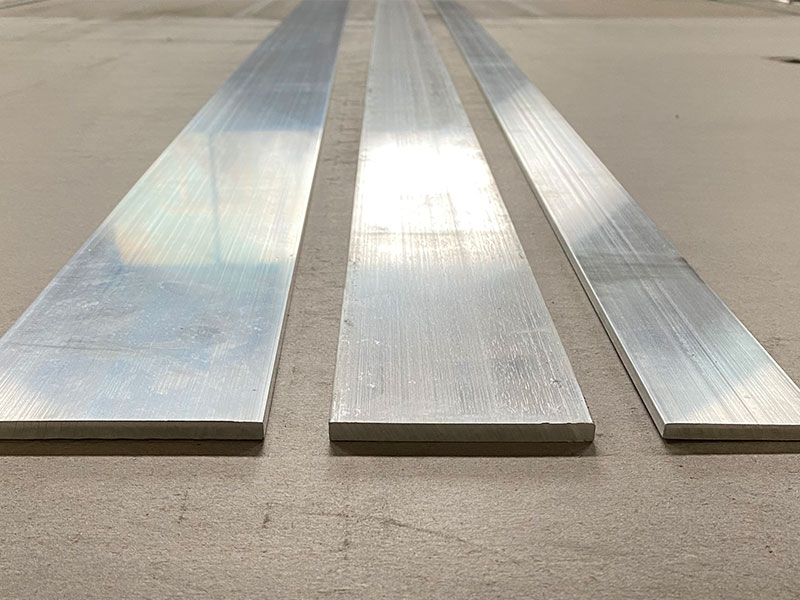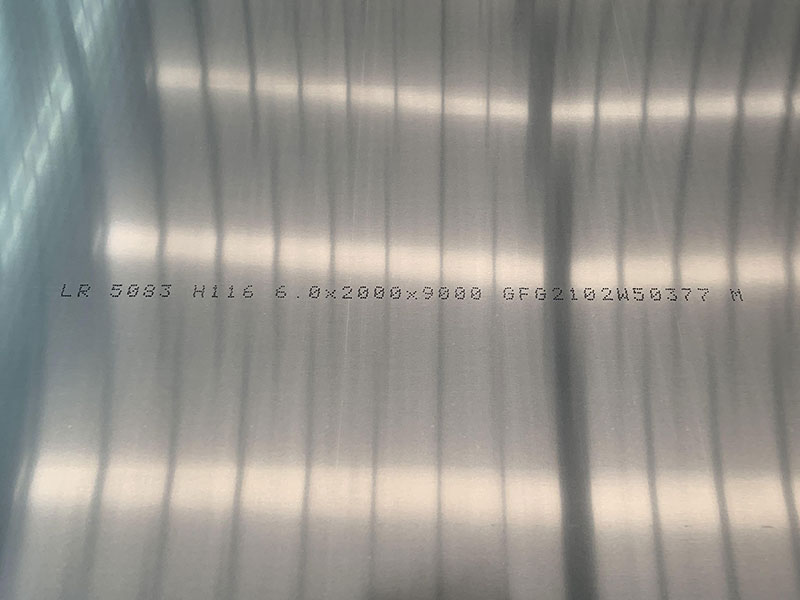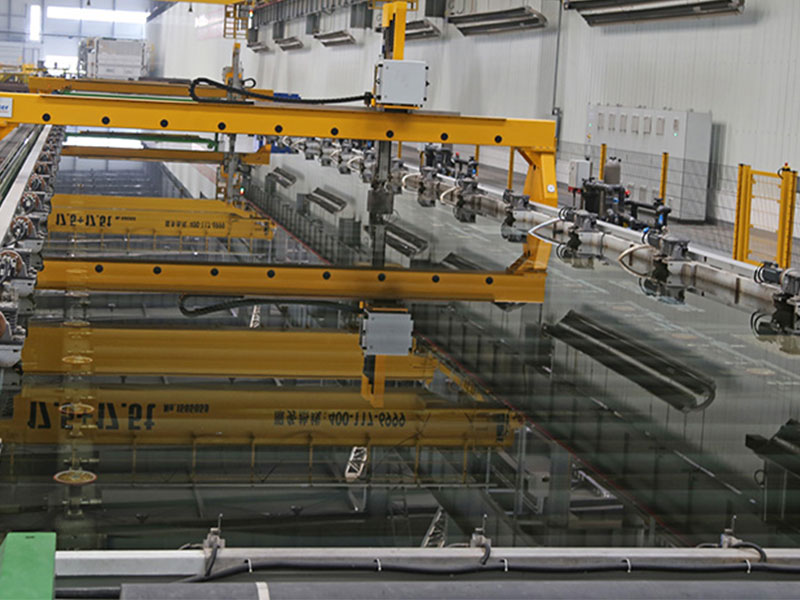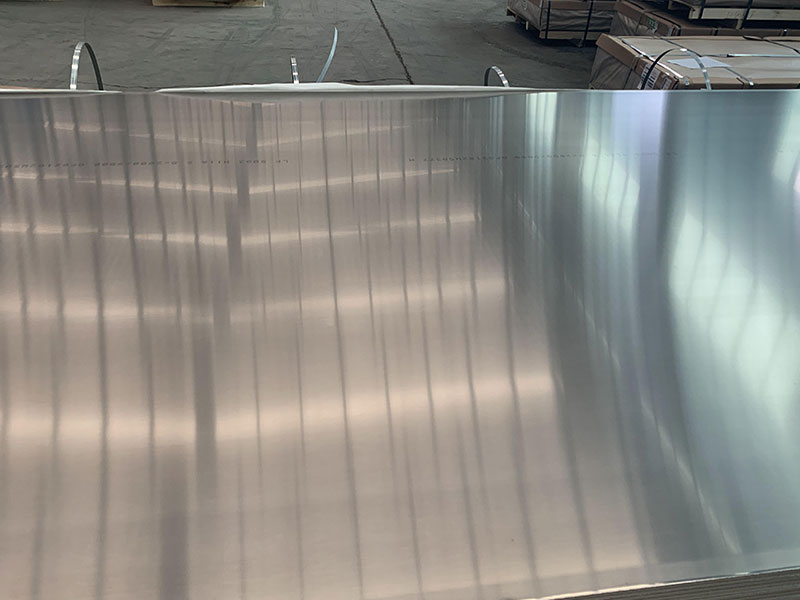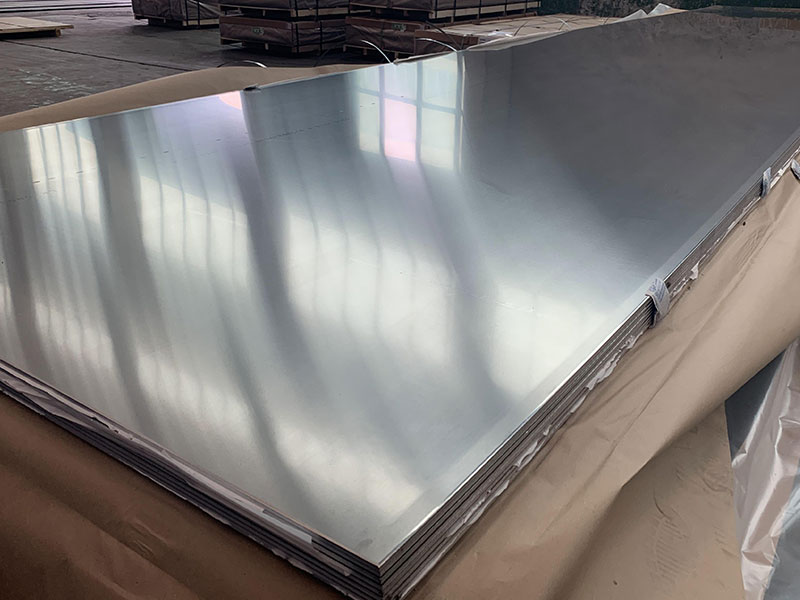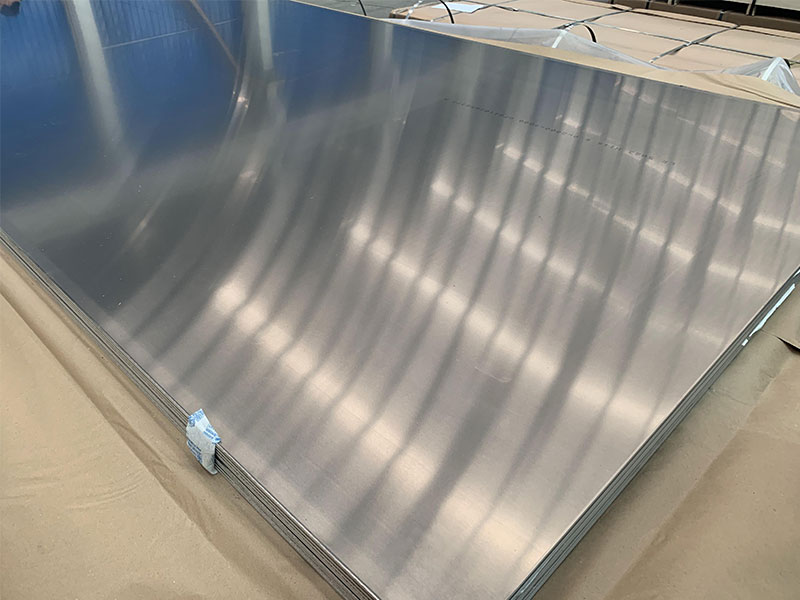Marine Grade 5052 H14 Aluminum Plate
When it comes to marine applications, material durability, corrosion resistance, and structural integrity are paramount. Among the various aluminum alloys, Marine Grade 5052 H14 Aluminum Plate stands out as a benchmark for performance, combining mechanical strength, excellent corrosion resistance, and ease of fabrication.
What is Marine Grade 5052 H14 Aluminum Plate?
Marine Grade 5052 aluminum alloy is a non-heat-treatable alloy composed primarily of magnesium (~2.5%) and small amounts of chromium (about 0.25%). The “H14” temper designation indicates the aluminum plate has undergone strain hardening (cold working) to achieve approximately 50% of the hardening achievable via cold work — providing greater strength and moderate formability.
Technical Characteristics and Specifications
| Property | Value |
|---|---|
| Alloy | 5052 |
| Temper | H14 (strain-hardened) |
| Density | 2.68 g/cm³ |
| Yield Strength | Approximately 210 MPa (30,000 psi) |
| Ultimate Tensile Strength | 228–293 MPa (33,000–43,000 psi) |
| Elongation | 8–12 % (depending on thickness) |
| Thermal Conductivity | ~138 W/m·K at 20 °C |
| Hardness (HV) | About 75–90 |
| Melting Point | 607–649 °C |
Chemical Composition
| Element | Percentage (%) |
|---|---|
| Magnesium (Mg) | 2.2 – 2.8 |
| Aluminum (Al) | Balance |
| Chromium (Cr) | 0.15 – 0.35 |
| Iron (Fe) | ≤ 0.4 |
| Silicon (Si) | ≤ 0.25 |
| Copper (Cu) | ≤ 0.1 |
| Manganese (Mn) | ≤ 0.1 |
| Zinc (Zn) | ≤ 0.1 |
The balanced magnesium content delivers strength and corrosion resistance, while trace chromium boosts resistance to intergranular corrosion — especially important when exposed to additives like salt.
Why 5052 H14 Shines in Marine Applications
Outstanding Corrosion Resistance:Its magnesium and chromium composition allow 5052 H14 to resist corrosive attacks from highly saline environments such as sea water — a crucial quality for offshore platforms, hulls, and marine fixtures where long-term durability is non-negotiable.
Good Weldability and Formability:Though work-hardened to H14 temper, this aluminum grade still offers adequate bendability and can be welded with techniques like MIG, TIG, and spot welding without excessive risk of cracking or corrosion along the weld seams.
Moderate to High Strength:Higher yield and tensile strength than many other marine aluminum alloys help the plate withstand stresses, waves, and impacts, enabling its use in performance-driven structural applications ranging from hulls to bulkheads.
Lightweight with Excellent Fatigue Resistance:In corrosion-stressed marine environments, long-term fatigue properties are critical. 5052 H14 aluminum’s toughness supports repeated cycles of load and unload, preserving structural integrity over time.
Common Marine Applications of 5052 H14 Aluminum Plate
- Shipbuilding: Hull sheets, decks, superstructures, and cabin walls benefit from its corrosion resistance and strength.
- Boat Components: Transoms, marine deck beams, trailer parts, and swim ladder steps utilize it for weight efficiency.
- Oil & Gas Platforms: Used in structural frameworks exposed to corrosive seawater environment.
- Marine Fuel Tanks: Ensuring containment of fuel liquids with minimal risk of corrosion-related failure.
- Submarine Weldments: Weldability coupled with corrosion durability favor its selection in specialized subsea equipment.
Relevant Implementation Standards
Industry adherence ensures reliability in every use of 5052 H14 aluminum plate. Common standards referencing 5052 aluminum include:
- ASTM B209: Specification for aluminum and aluminum-alloy sheet and plate.
- MIL-DTL-24779: Military specification covering corrosion resistance and chemical practices in marine and transport.
- AWS D1.2: Structural welding code covering aluminum alloy welding.
- ISO 6361: Aluminium and aluminium alloys — Sheet, strip and plate specification.
These standards govern want-to-know quality elements like tolerance, surface finish, mechanical properties, chemical composition, and welding protocols.
Alloy Tempering Explained: What Does H14 Mean?
The abbreviation “H14” specifies the treatment given to an aluminum alloy that results in specific mechanical properties:
- The ‘H’ indicates the temper has been obtained by strain hardening (also called cold working) rather than heat treatment.
- The numeral ‘1’ represents that this temper has been strain hardened only once.
- The digit ‘4’ means the metal is hardened to approximately half-hard (50% hardening).
The result is a balanced product boasting both incremented strength from strain hardening and reasonable formability required for welding and fabrication processes common to shipbuilding.
Marine Grade 5052 H14 aluminum plate delivers an incredibly robust solution tailored for shipping, offshore, and aquatic environments. Its blend of chemical composition ensures excellent saltwater corrosion prevention, while mechanical traits from strain-hardening render it suitably strong yet workable.
Whether you’re reinforcing a lightweight boat cabin, fabricating offshore platform structures, or need tanks resistant to the compromising effect of seawater, 5052 H14 marine aluminum plates prove continually reliable.
Investing in 5052 H14 Aluminum isn't just about materials—it’s about lasting underwater performance and protection of your sea projects under extreme environments.
If you are interested to know more technical advice or sourcing options for 5052 H14 marine grade aluminum, feel free to contact our expert team specializing in marine aluminum solutions.
https://www.aluminumplate.net/a/marine-grade-5052-h14-aluminum-plate.html


